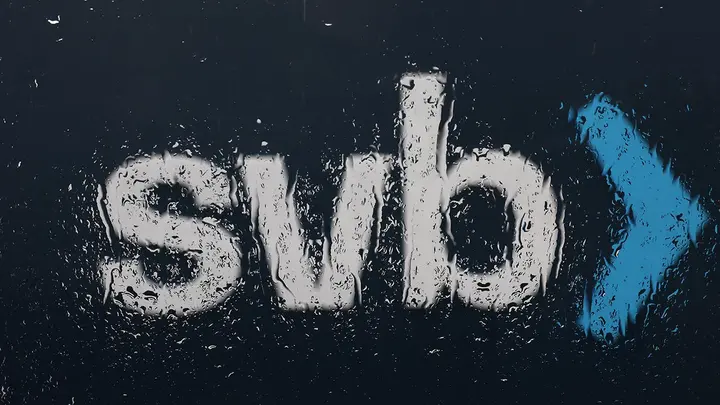Silicon Valley Bank’s parent company SVB Financial Group has filed for Chapter 11 bankruptcy protection in a New York court after the bank collapsed last week, upending the world of tech startups.
The company said in a statement that SVB Securities and SVB Capital’s funds and general partner entities are not included in the Chapter 11 filing and continue to operate in the ordinary course as the company explores “strategic alternatives” for these businesses.
SVB Capital is the failed bank’s venture capital arm that manages $9.5 billion with large investments in top Silicon Valley firms including Sequoia Capital, Andreessen Horowitz, and Ribbit Capital, according to documents reported by The Information. SVB Securities is an investment bank that specializes in health care and technology.
Silicon Valley Bank, N.A., the new entity created by the Federal Deposit Insurance Corporation (FDIC) after SVB’s collapse, is no longer affiliated with SVB Financial Group and is not included in the Chapter 11 filing.
The filing was made with the U.S. Bankruptcy Court for the Southern District of New York.
SVB Financial Group said it has approximately $2.2 billion of liquidity at time of filing. Its funded debt is approximately $3.3 billion in aggregate principal amount of unsecured notes, and the company also has $3.7 billion of preferred equity outstanding.
“The Chapter 11 process will allow SVB Financial Group to preserve value as it evaluates strategic alternatives for its prized businesses and assets, especially SVB Capital and SVB Securities,” said William Kosturos, Chief Restructuring Officer for SVB Financial Group. “SVB Capital and SVB Securities continue to operate and serve clients, led by their longstanding and independent leadership teams.”
“SVB Financial Group will continue to work cooperatively with Silicon Valley Bridge Bank,” Kosturos continued. “We are committed to finding practical solutions to maximize the recoverable value for stakeholders of both entities.”
Silicon Valley Bank, which mainly serviced tech startups, was the nation’s 16th largest bank when it was shut down on March 10 by California regulators. The FDIC took over the bank’s operations following a liquidity crisis as depositors rushed to withdraw their money amid a panic over the bank’s health. It was the second-largest bank failure in U.S. history and the largest since Washington Mutual went under in 2008.
Days before its collapse, SVB disclosed huge losses, which sent its stock price cratering 60%. The vast majority of SVB’s customers had deposits in excess of the FDIC’s $250,000 protection threshold, which led to fears that hundreds of startup companies might lose access to their money and be unable to make payroll.
The Treasury Department, the Federal Reserve and the FDIC announced a plan on Sunday to ensure that SVB customers would be able to access all of their funds — even beyond the $250,000 limit. Critics have called the move a “bailout,” but government officials have disputed that characterization and financial analysts have noted that depositors, not SVB itself, are the ones benefiting from the government’s action.

